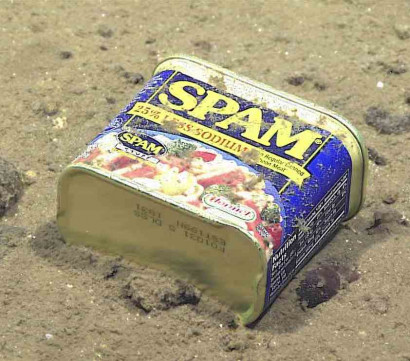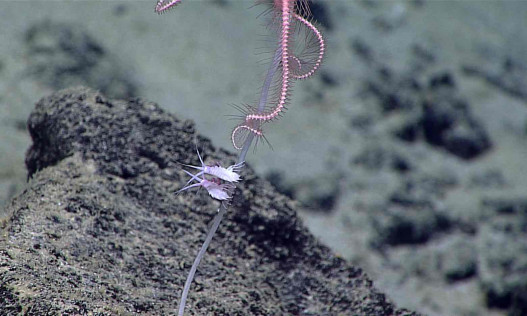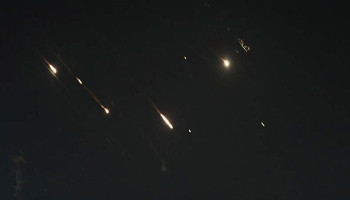'Extraordinary' levels of pollutants found in 10km deep Mariana trench
 Scientists have discovered “extraordinary” levels of toxic pollution in the most remote and inaccessible place on the planet – the 10km deep Mariana trench in the Pacific Ocean. Small crustaceans that live in the pitch-black waters of the trench, captured by a robotic submarine, were contaminated with 50 times more toxic chemicals than crabs that survive in heavily polluted rivers in China. “We still think of the deep ocean as being this remote and pristine realm, safe from human impact, but our research shows that, sadly, this could not be further from the truth,” said Alan Jamieson of Newcastle University in the UK, who led the research.“The fact that we found such extraordinary levels of these pollutants really brings home the long-term, devastating impact that mankind is having on the planet,” he said. Jamieson’s team identified two key types of severely toxic industrial chemicals that were banned in the late 1970s, but do not break down in the environment, known as persistent organic pollutants (POPs). These chemicals have previously been found at high levels in Inuit people in the Canadian Arctic and in killer whales and dolphins in western Europe. The research, published in the journal Nature Ecology and Evolution, suggests that the POPs infiltrate the deepest parts of the oceans as dead animals and particles of plastic fall downwards. POPs accumulate in fat and are therefore concentrated in creatures up the food chain. They are also water-repellent and so stick to plastic waste. Mariana trench live feed: engrossing viewing from deepest place on Earth He said it was not unexpected that some POPs would be found in the deepest parts of the oceans: “When it gets down into the trenches, there is nowhere else for it to go. The surprise was just how high the levels were – the contamination in the animals was sky high.” The level of one type of POP, called polychlorinated biphenyls (PCBs), was only equalled anywhere in the northwest Pacific in Suruga Bay in Japan, an infamous pollution blackspot. The researchers also found severe contamination in amphipods collected in the Kermadec trench, which is 7,000km from the Mariana trench. The pollution was ubiquitous, found “in all samples across all species at all depths in both trenches”, the scientists said. PCBs were manufactured from the 1930s to the 1970s, when their appalling impact on people and wildlife was realised. About a third of the 1.3m tonnes produced has already leaked into coastal sediments and the open oceans, with a steady stream still thought to be coming from poorly protected landfill sites. An expedition conducted by the US National Oceanic and Atmospheric Administration last year also found various manmade items on the slopes leading to the Sirena Deep, part of the Mariana trench, and the nearby Enigma Seamount. They included a tin of Spam, a can of Budweiser beer and several plastic bags.The results are both significant and disturbing, said the marine ecologist Katherine Dafforn at the University of New South Wales in Australia and not part of the research team: “The trenches are many miles away from any industrial source and suggests that the delivery of these pollutants occurs over long distances despite regulation since the 1970s. “We still know more about the surface of the moon than that of the ocean floor,” Dafforn said. She said the new research showed that the deep ocean trenches are not as isolated as people imagine. “Jamieson’s team has provided clear evidence that the deep ocean, rather than being remote, is highly connected to surface waters. Their findings are crucial for future monitoring and management of these unique environments.” POPs cause a wide range of damage to life, particularly harming reproductive success. Jamieson is now assessing the impact on the hardy trench creatures, which survive water pressures equivalent to balancing a tonne weight on a fingertip and temperatures of just 1C. He is also examining the deep sea animals for evidence of plastic pollution, feared to be widespread in the oceans, which has been the focus of much recent attention, leading to bans on plastic microbeads in cosmetics in the UK and US. “I reckon it will be there,” he said. Jamieson said it had been positive that the dangers of POPs had been identified and their use ended but that plastic pollution presented a new concern for contamination of the oceans. “We’ve just done it again,” he said. Since you’re here … If everyone who reads our reporting, who likes it, helps to pay for it, our future would be much more secure. |



















